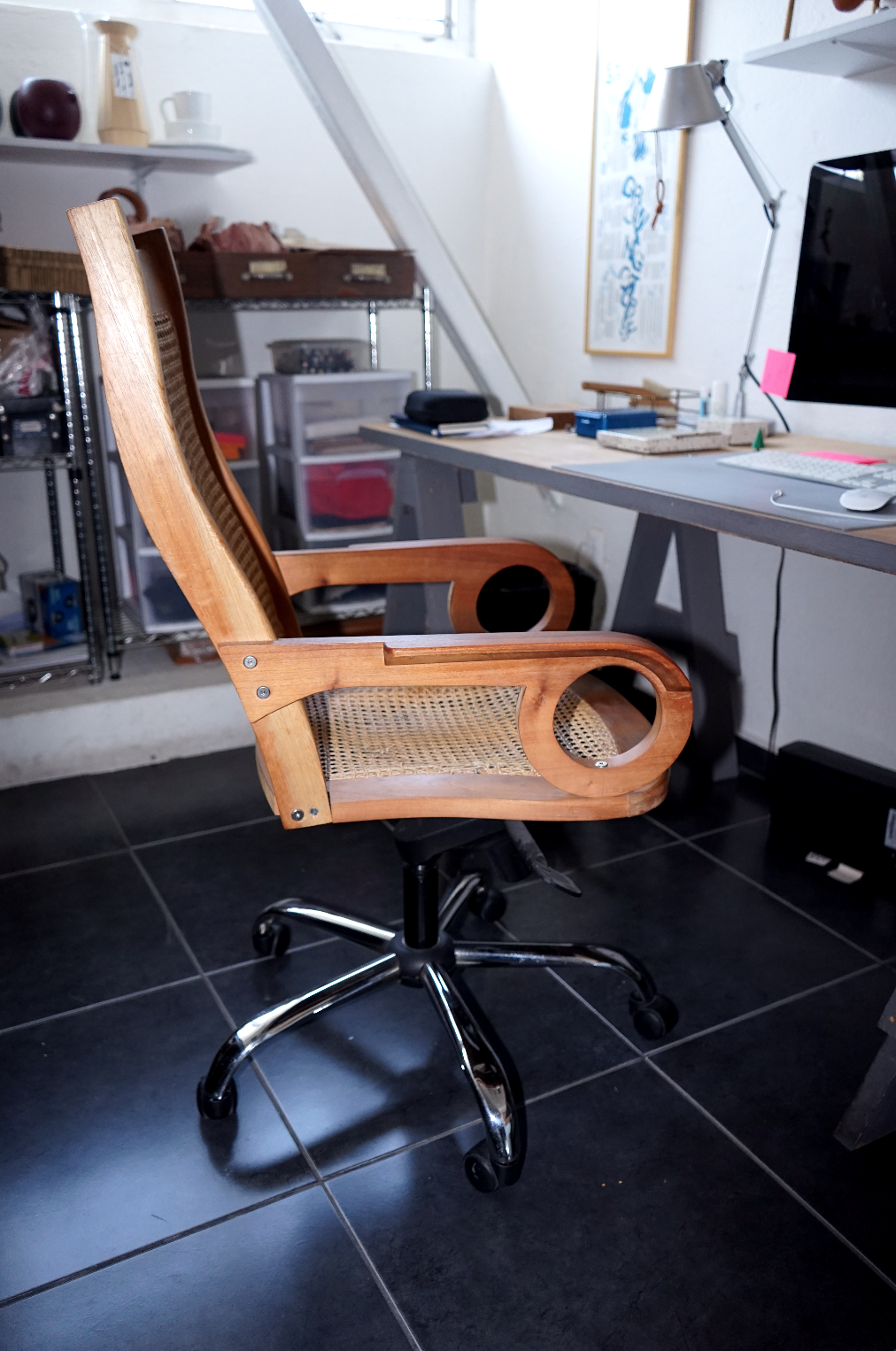

M: One of your first projects that interested me was "the chair that rocks", where you combined contemporary design with local craft in Tlacopaltan in the south of Mexico. Do you think that this formula was successful in rescuing the traditional local craft?
“A traditional craft becomes extinct because it’s no longer relevant for the society that consumes it..“
J: Maybe it’s a good starting point, but it’s definitely not an antidote. There has been some successful cases where designers use endangered craft as a way to produce contemporary design (especially in Japan or Europe). But there has been a lot of failures as well. And that is because design is not the lonely factor. A traditional craft becomes extinct because it’s no longer relevant for the society that consumes it and there are better, cheaper substitutes. I like the romantic idea of crafting a couple of pieces of furniture in an idyllic tropical town, but when you want to grow that scheme as a business, then you realize that most of the challenges are related to infrastructure, sociocultural or economic factors, that Design cannot solve by itself. After my experience with The Chair that Rocks, I learned that it’s important to understand what the limitations are, how much (or little?) you can grow with that project and most importantly, not all the traditional crafts want to be “rescued”.

